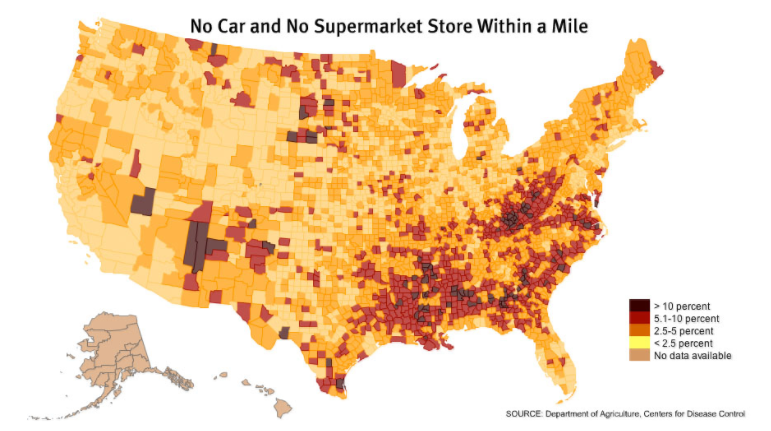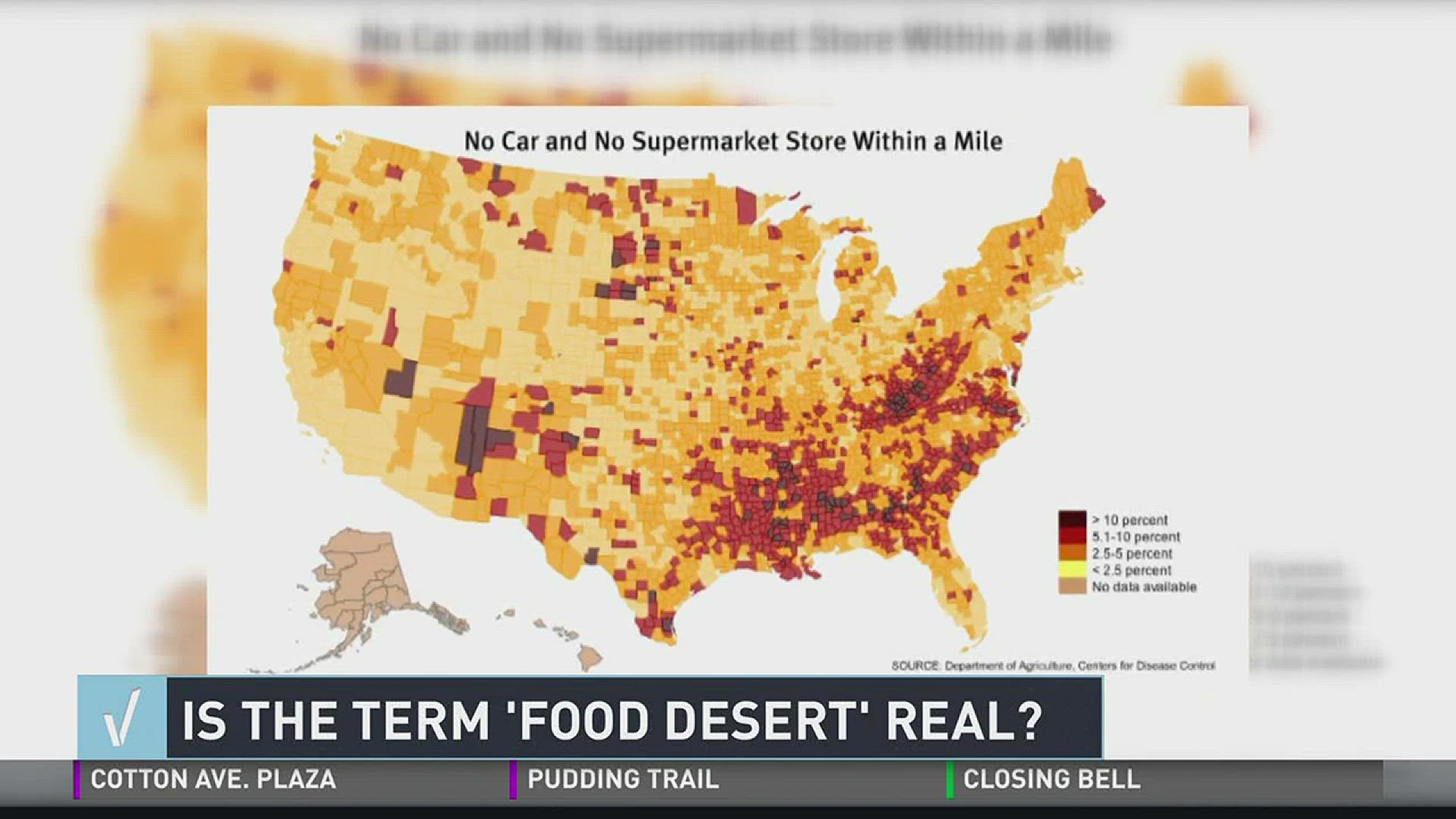With urban gardens popping up all over the U.S. in areas designated as "food deserts," WMAZ wanted to verify, is the term food desert real? Kasandra Ortiz went to find out the definition of the term and learn about some areas here in Central Georgia that may be considered food deserts.
We verified this with two sources. Kasandra spoke to Michele Ver Ploeg, an economist at the United States Department of Agriculture, and Kena Torbert, a Family Life Specialist at Fort Valley State University.
With busy highways and cities expanding comes more stores and fast food restaurants to fill them, like on Macon's Gray Highway. Recently, more urban gardens have been going up, like the one at Kay Road Elementary in Peach County. They teamed up with the 4H program at Fort Valley State University to combat their "food desert."
WMAZ wanted to know, is the term "food desert" real? To verify this we went straight to the source, an Economist at the United States Department of Agriculture. Michele Ver Ploeg spoke to us over the phone to define a food desert.
"Food deserts are areas that are low-income and where there are a lot of people or households that have difficult access to a source of healthy and affordable food. What we have found that there are indeed some neighborhoods in the US where there are a lot people that are in low-income neighborhoods and appear to have poor access to food places such as supermarkets and supercenters,” explains Ver Ploeg.
The USDA has a map on their website. The lighter colors represent places with fewer "food deserts" and darker colors are those with many areas considered "food deserts." Much of Georgia seems to be filled with food deserts.

A more targeted map from the federal Economic Research Service shows green places that are low-income and low access areas here in Central Georgia from 2015.

Kena Torbert, a Family Life Specialist at Fort Valley State University, says lack of transportation and few grocery stores are two of the factors that contribute to "food deserts."
"So they may only be able to go to the supermarket once a month or once every other week. So because of that many people go to small convenience stores and wind up spending 2 to 3 times as much money to buy the same item out of a supermarket and or they are not able to get fresh fruits and vegetables at a convenience store as you are able to get at a super market,” says Tobert.
WMAZ was able verify that the term "food deserts" is real and that includes some areas right here in Central Georgia.
The economist that we spoke to from the USDA says those numbers for "food deserts" do not include farmers who may be growing their own crops. Also Kay Road Elementary is helping its "food desert" area by growing crops for school lunch and donating them to families in need in Peach County.
VERIFY Source:
Michele Ver Ploeg, U.S.D.A. Economist
Kena Tobert, Family Life Specialist at Fort Valley State University
VERIFY Resources:
U.S.D.A. Food Desert Map
Economic Research Service Map

